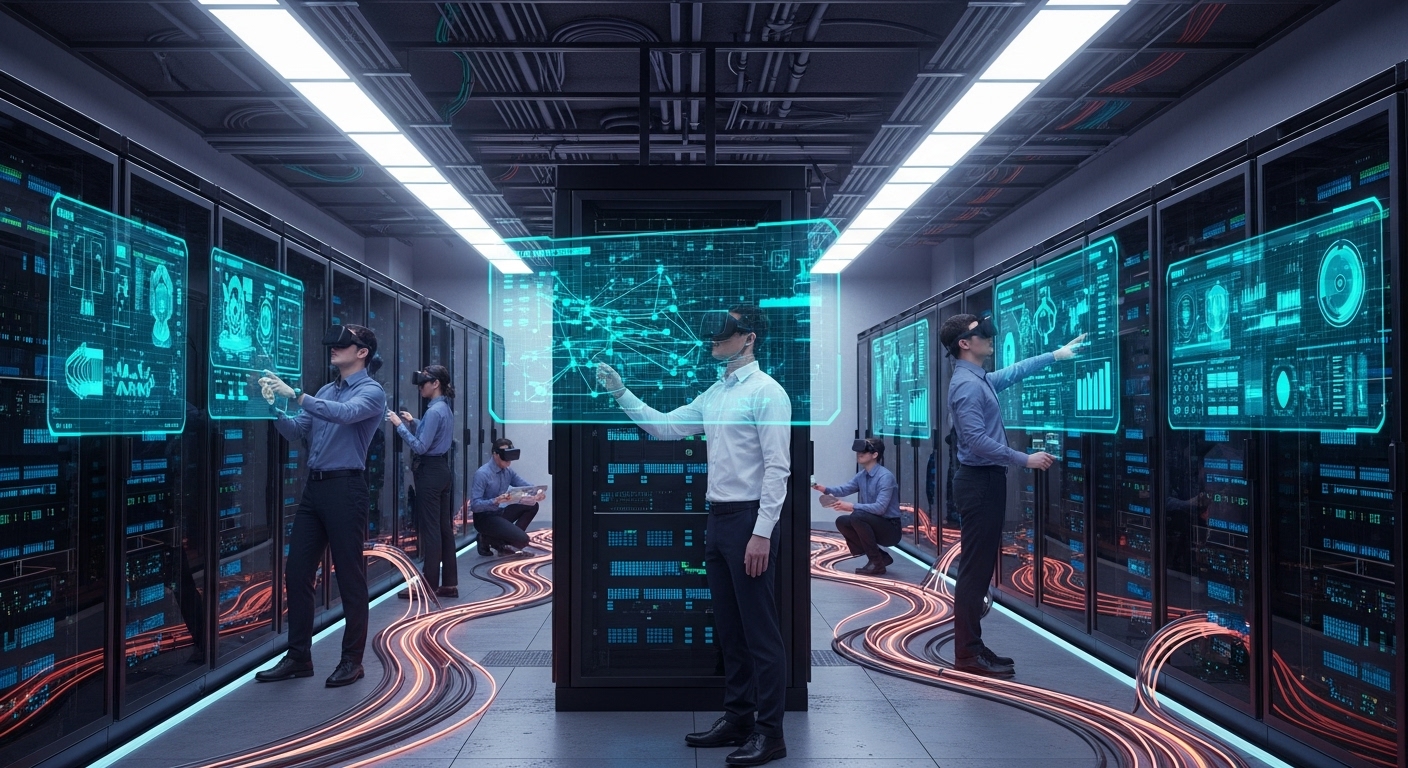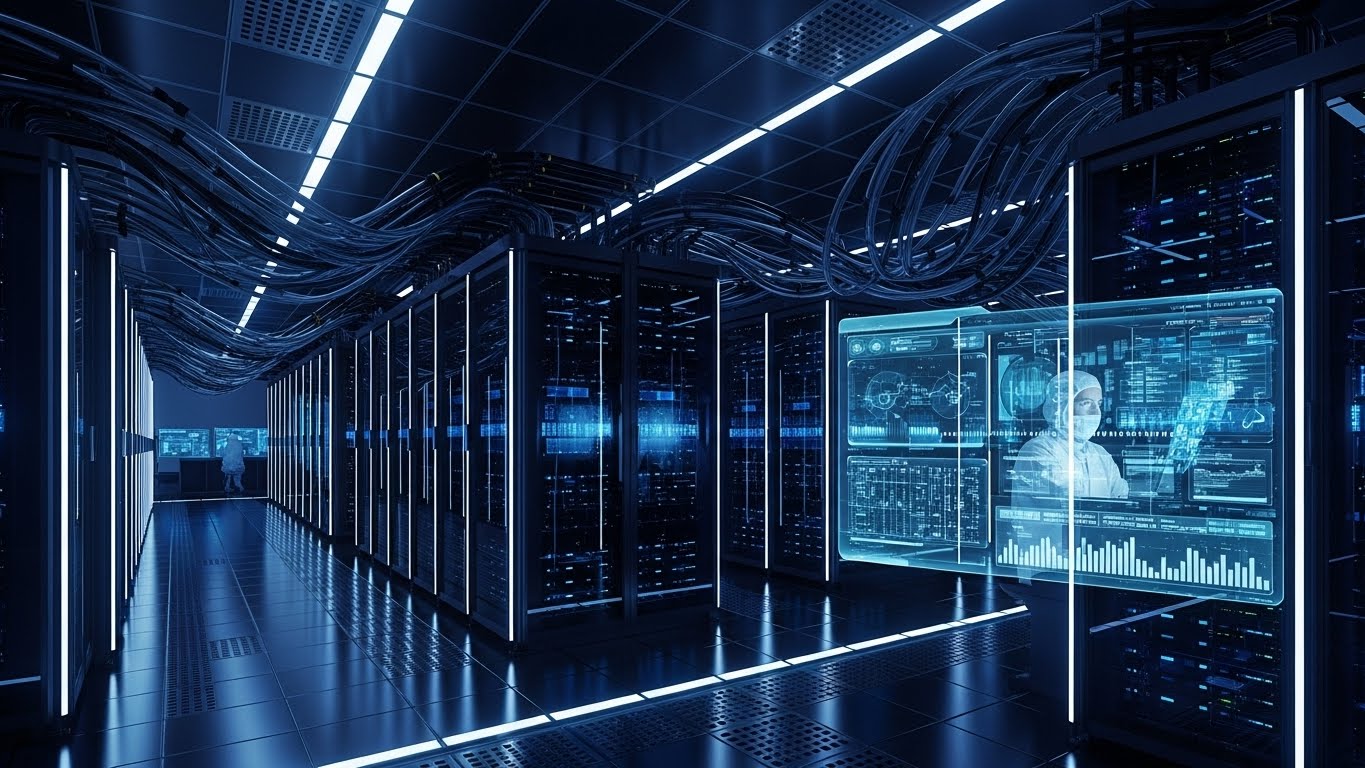The concept of smart cities has moved from a futuristic vision to a present-day reality. As urban populations grow and technology continues to evolve, the need for more efficient, sustainable, and livable cities has never been greater. At the heart of these transformations is technology, which is reshaping how we live, work, and interact with our environments. From enhanced infrastructure to real-time data analytics, technology is building the cities of tomorrow. In this blog post, we’ll explore how technology is playing a pivotal role in creating smart cities and what the future of urban living holds.
What Are Smart Cities?
A smart city is an urban area that uses digital technology to enhance performance, well-being, and reduce costs & resource consumption across the city. This includes everything from transportation and energy management to waste disposal, healthcare, and public safety. The goal of a smart city is to improve the quality of life for its residents, while also being environmentally responsible and economically efficient. By integrating cutting-edge technologies like the Internet of Things (IoT), artificial intelligence (AI), and big data, smart cities aim to create a more connected and sustainable future.
IoT: Connecting the Urban Environment
The backbone of a smart city is the Internet of Things (IoT), which connects various devices, sensors, and systems across the urban environment. IoT devices are embedded in everything from streetlights and traffic signals to waste bins and buildings, creating an interconnected network that can gather, exchange, and analyze data in real-time.
For example, smart traffic lights can adjust their timing based on real-time traffic flow, reducing congestion and minimizing delays. Similarly, smart streetlights can dim or brighten based on the presence of pedestrians or vehicles, saving energy and improving safety. Even waste management can be optimized using IoT—smart trash bins can alert municipal workers when they’re full, improving waste collection efficiency and reducing overflow.
By making data-driven decisions, IoT-enabled systems optimize resource usage and improve overall city management. This interconnectedness allows for more responsive, flexible, and efficient city planning and operations.
AI and Big Data: Smarter Decision-Making
In a smart city, data is king. The continuous flow of data from IoT devices, sensors, and cameras creates a wealth of information that can be analyzed to improve city services. Artificial Intelligence (AI) and big data analytics play a crucial role in processing this information and turning it into actionable insights.
AI can be used to predict patterns and optimize various systems. For example, AI algorithms can analyze traffic patterns and suggest improvements to traffic flow or public transportation schedules. In public safety, AI-driven surveillance cameras can help identify security threats and assist law enforcement in responding quickly to emergencies.
Big data allows cities to track and analyze everything from air quality and energy consumption to the efficiency of public services. By understanding these patterns, city officials can make data-backed decisions that improve both the quality of life for citizens and the sustainability of the city itself.
Energy Management: Creating Sustainable Cities
One of the most pressing challenges facing cities today is how to manage energy consumption sustainably. Smart cities use technology to optimize energy use in both public infrastructure and private homes, leading to cost savings and a reduction in carbon emissions.
Smart grids, for example, use sensors and data analytics to monitor and manage energy distribution more efficiently. These grids can adjust the flow of electricity based on demand, helping to prevent power outages and reducing the waste of energy. Additionally, smart meters installed in homes allow residents to track their energy consumption in real time, encouraging energy-saving behavior.
Renewable energy integration is also an important aspect of smart cities. Solar panels, wind turbines, and other renewable energy sources can be seamlessly integrated into the city’s infrastructure. Smart technology ensures that energy produced from these sources is used efficiently and stored for later use, reducing reliance on non-renewable energy and contributing to a greener, more sustainable future.
Smart Transportation: Reducing Traffic and Emissions
Transportation is one of the most critical areas where smart technology is having a profound impact. In traditional cities, traffic congestion and pollution are significant problems. Smart cities use technology to create more efficient, sustainable, and less congested transportation systems.
One of the most notable innovations in smart transportation is the development of autonomous vehicles. These self-driving cars, buses, and trucks have the potential to reduce traffic accidents, ease congestion, and lower emissions by optimizing routes and driving behavior. When fully implemented, autonomous vehicles could completely transform how we navigate cities.
In addition to autonomous vehicles, smart cities are embracing electric vehicle (EV) infrastructure. Cities are installing more EV charging stations, integrating them into the grid, and using data to optimize their placement. Furthermore, ride-sharing services powered by AI can provide citizens with a more flexible and cost-effective alternative to car ownership, reducing the number of vehicles on the road.
Public transportation systems are also becoming smarter, with real-time data allowing users to track buses, trains, or trams, improving efficiency and reducing wait times. Smart transportation systems allow for better traffic management, optimized public transport routes, and reduced carbon footprints.
Healthcare: Improving Access and Quality of Care
Smart cities are revolutionizing healthcare by using technology to provide better access to medical services and improve overall health outcomes. Telemedicine, digital health records, and AI-driven diagnostic tools are enabling faster and more efficient care delivery.
For example, AI-powered diagnostic tools can analyze medical data (like images or lab results) and help doctors make more accurate diagnoses in less time. IoT-enabled wearable devices can track a person’s health metrics in real-time, alerting both the user and healthcare providers to any potential health issues before they become serious. These innovations allow for better preventive care, reducing the burden on hospitals and improving patient outcomes.
Furthermore, digital health platforms are providing people with easy access to healthcare services, even in remote or underserved areas. This can include virtual consultations with doctors, remote monitoring of chronic conditions, or instant access to medical records for both patients and healthcare providers.
Smart Homes: Enhancing Quality of Life
As part of the broader smart city ecosystem, smart homes are becoming an integral part of urban living. These homes are equipped with IoT devices that automate tasks, enhance security, and improve energy efficiency.
Smart thermostats, such as the Nest, learn your preferences and adjust the temperature accordingly, reducing energy consumption. Smart locks and security systems allow homeowners to monitor their property remotely and receive real-time alerts in case of suspicious activity. In addition, voice-activated assistants like Amazon’s Alexa or Google Assistant help residents control everything from lights to appliances, making daily life more convenient and efficient.
These technologies not only improve comfort but also contribute to the overall sustainability of a city. Energy-efficient smart homes reduce the strain on the city’s power grid, while smart waste management systems help reduce the amount of trash sent to landfills.
Challenges and the Future of Smart Cities
While the potential of smart cities is vast, the implementation of these technologies is not without challenges. One of the biggest concerns is data privacy and security. With so much data being collected, it’s crucial that cities put measures in place to protect citizens’ personal information and ensure that the data is used ethically.
Another challenge is the digital divide. Not all residents have access to the internet or the devices needed to fully participate in a smart city. Bridging this gap is essential to ensuring that the benefits of smart cities are accessible to all.
Finally, the integration of smart technologies into existing infrastructure can be expensive and time-consuming. However, as technology continues to advance and costs decrease, more cities will likely adopt smart solutions.
Conclusion: The Future Is Smart
Smart cities represent the future of urban living, where technology is used to improve efficiency, sustainability, and quality of life for citizens. Through IoT, AI, big data, and other innovations, cities are becoming more connected, responsive, and adaptive to the needs of their residents. While there are challenges to overcome, the benefits of creating smarter, more sustainable cities are clear. As technology continues to advance, the future of urban living will be more efficient, eco-friendly, and livable than ever before.



